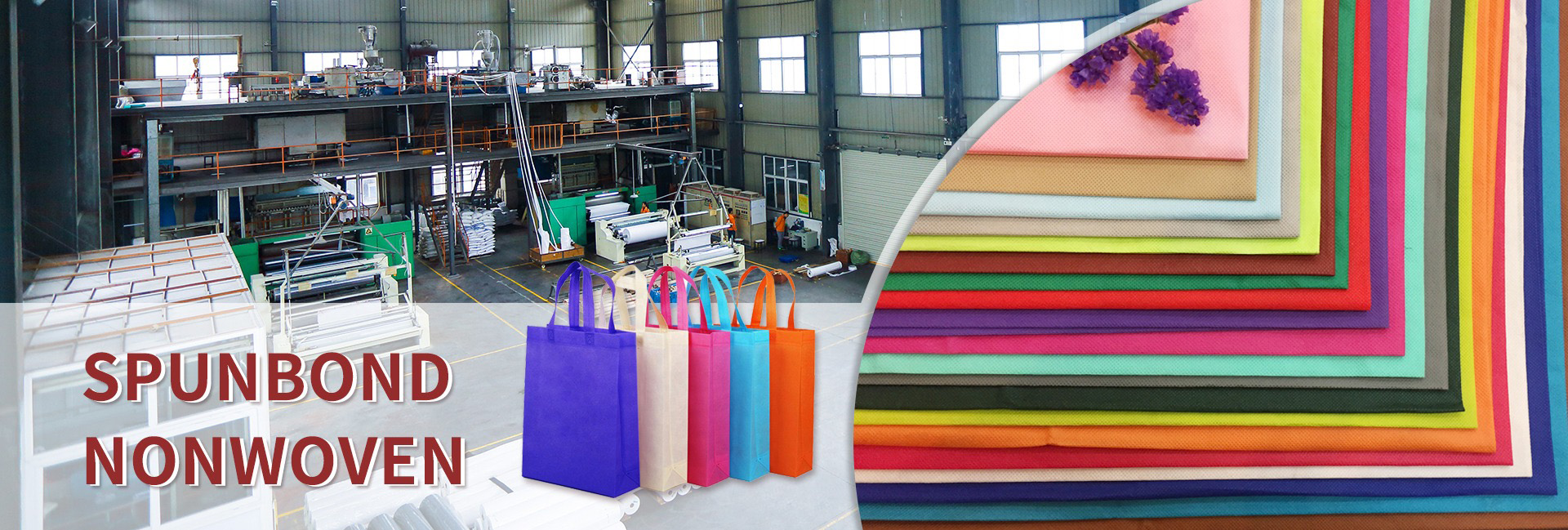Okay, the user is asking about “spunbond interfacing.” Let me start by recalling what I know. Spunbond is a type of nonwoven fabric made by extruding polymers into filaments, then bonding them. Interfacing is used in sewing to add structure to fabrics. So, spunbond interfacing would be a nonwoven material used for that purpose.
The user wants to know what spunbond interfacing is. From the context, spunbond interfacing would be a nonwoven material used in garment construction. The key properties from the search results include strength, breathability, and thermal bonding. The bicomponent fibers (PE and PP) mentioned in webpage 1 could contribute to better bonding when heat is applied, which is typical in interfacing. Also, medical applications in webpage 3 require materials that are strong yet flexible, similar to what interfacing needs.
I need to structure the answer by defining spunbond interfacing, its manufacturing process (extrusion, spinning, bonding), key features (lightweight, heat-bondable, durability), common uses (apparel, crafts), and advantages over other interfacings. Each point should reference the relevant search results. For example, the thermal bonding process is described in webpage 1 and 4. Bicomponent fibers are covered in webpage 1. Applications in apparel and medical are from webpage 3 and 1. The answer should integrate these citations appropriately without repeating the same source too much.
Spunbond Interfacing: Definition and Applications
Definition
Spunbond interfacing is a type of nonwoven fabric used primarily in textiles and garment construction to provide structure, stability, or reinforcement to fabrics. It is created using the spunbond process, which involves extruding thermoplastic polymers (like polypropylene or polyester) into continuous filaments, forming a web, and bonding the fibers thermally or mechanically. Below is a detailed breakdown of its characteristics, production, and uses:
Manufacturing Process
- Raw Material: Polypropylene (PP) or polyester (PET) pellets are melted and extruded through spinnerets to form continuous filaments 26.
- Web Formation: Filaments are cooled, stretched, and randomly deposited onto a conveyor belt to create a uniform, lightweight web 214.
- Bonding: The web is fused using heat (calendering rollers) or chemical adhesives. Thermal bonding is most common, creating a smooth, cohesive fabric 26.
Key Features
- Lightweight and Breathable: Ranges from 10–180 gsm (grams per square meter), making it ideal for delicate fabrics without adding bulk 214.
- Heat-Bondable: Compatible with fusible interfacing techniques, where heat-activated adhesives (e.g., PE coatings) enable easy attachment to fabrics 215.
- Durability: Offers high tensile strength and resistance to tearing, even in thin weights 210.
- Versatility: Can be treated with additives for hydrophilicity, UV resistance, or softness 24.
Common Uses
- Apparel: Reinforces collars, cuffs, waistbands, and buttonholes in garments 414.
- Crafts and Home Textiles: Stabilizes quilts, bags, and upholstery.
- Medical and Hygiene: Used in surgical gowns and drapes for its barrier properties 4.
- Industrial Applications: Serves as a base for filters, geotextiles, or automotive components 1014.
Advantages Over Woven Interfacing
- Isotropic Strength: Uniform strength in all directions due to random fiber alignment 2.
- Cost-Effective: Streamlined production reduces material waste and energy use 614.
- Eco-Friendly Options: Biodegradable variants (e.g., PLA spunbond) are available for sustainable projects 2.
Specialized Variants
- Bicomponent Spunbond: Combines polymers (e.g., PE sheath + PP core) for enhanced thermal bonding and softness, ideal for fusible interfacing 2.
- Composite Structures: Laminated with films or additional layers (e.g., SMS: Spunbond-Meltblown-Spunbond) for waterproofing or filtration 24.
Example Applications in Detail:
- In garment construction, a 20–40 gsm PP spunbond interfacing is fused to fabric using an iron, adding structure without stiffness 215.
- For medical gowns, heavier spunbond (e.g., 50–100 gsm) provides liquid resistance and durability 4.
By leveraging its customizable properties and efficient production, spunbond interfacing balances functionality and affordability, making it a staple in both textile industries and DIY projects. For technical specifications or machinery details, refer to manufacturers like YOUCRA or YANPENG 614.
Dongguan Liansheng Non woven Technology Co., Ltd. was established in May 2020. It is a large-scale non-woven fabric production enterprise integrating research and development, production, and sales. It can produce various colors of PP spunbond non-woven fabrics with a width of less than 3.2 meters from 9 grams to 300 grams.
Post time: Feb-23-2025

